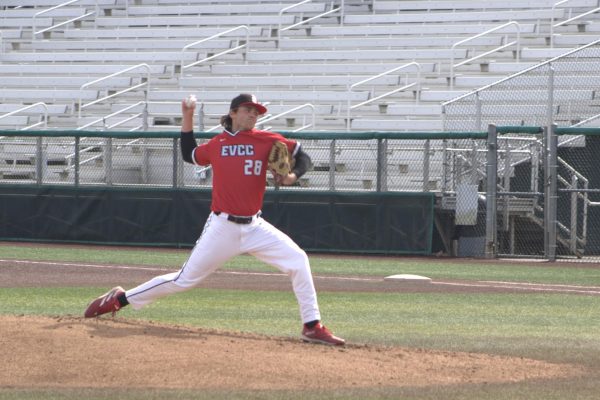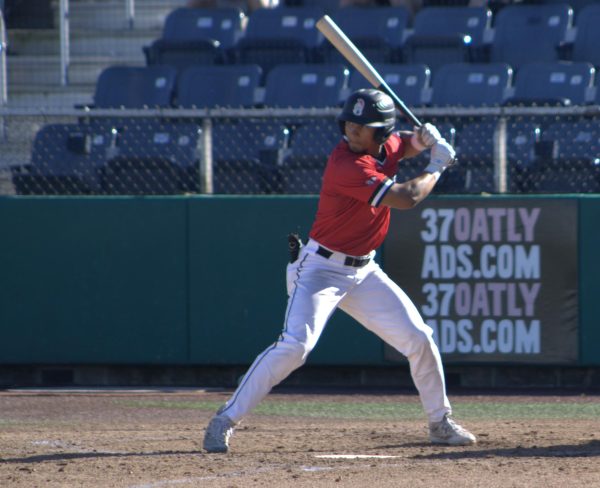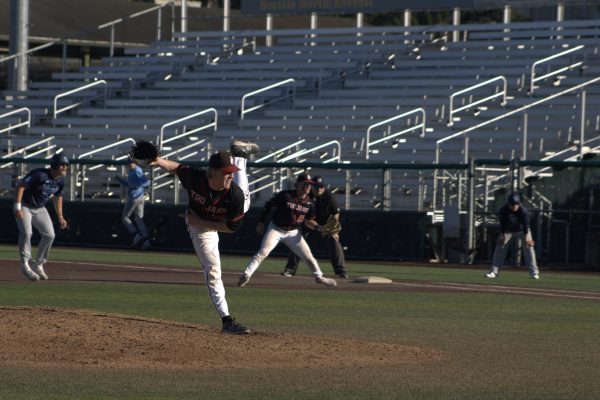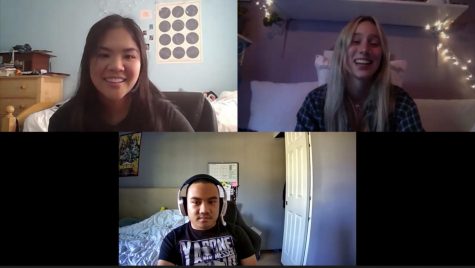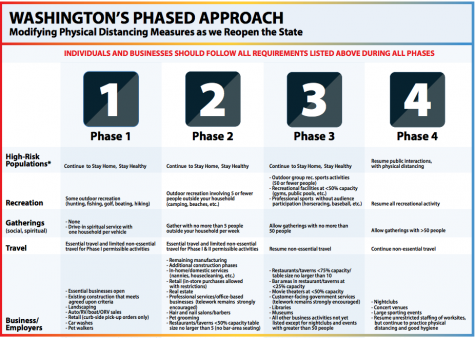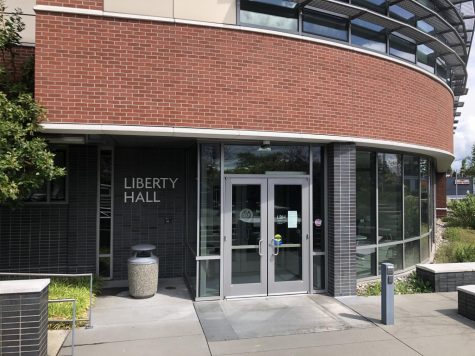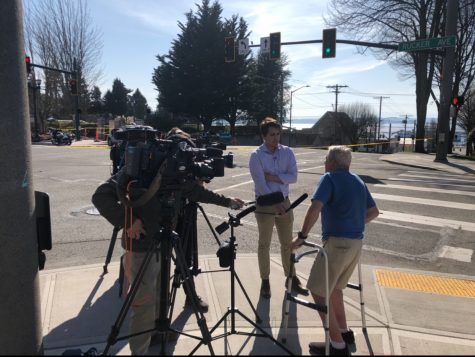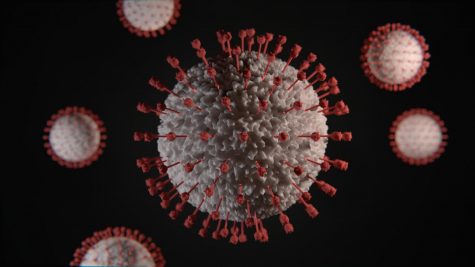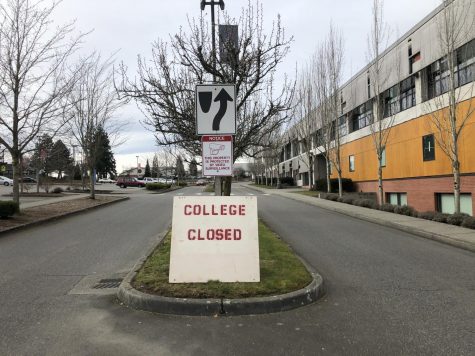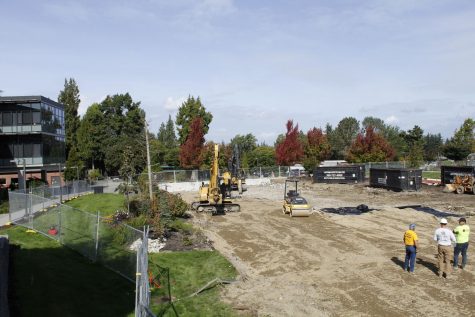Japanese Ambassador Walks in U.S. and Talks Japan
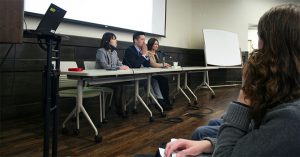
Three delegations apart of the Walk in U.S.-Talk Japan discuss questions on Abenomics, Energy conservation, and Global marketing in Japan.
A bridge connects America and Japan.
This connection deeply rooted by the Japanese has helped American and Japanese relations from the bombings of World War II to a devastating earthquake and tsunami.
This bridge is called the Walk in U.S.-Talk Japan initiative discussed at EvCC last week by former Japanese ambassador Ichiro Fujisaki.
Walk in U.S.- Talk Japan is a group of Japanese that touch on the grassroots communities of the United States, according to Mayumi Smith, Nippon Institute professor at EvCC. She believes former ambassador Fujisaki will build relations and bridge a gap of instability that was left after World War II. Fujisaki uses the initiative to shed light on jobs and negotiations to Americans and Japanese people.
The Japanese government, according to Fujisaki and the initiative, is working closely with the American culture to connect or revitalize relations in three areas: energy conservation, abenomics and global marketing. The former ambassador travels around the U.S. to educate the masses that “in these three areas we can make the world a better place and negotiate ideas with peace” said Smith.
Peace is the one reason why Smith came to America. She wanted to live out the Walk in U.S.- Talk Japan initiative, but she needed assistance. In 2014, this initiative has spread light to the EvCC campus that we need to connect our cultures like a bridge connects land.
Since 1986, EvCC has been working with the American government and the Japanese consulates to bring students to and from each country. “It officially started in 1991 and formed a Nippon Business Institute that believes EvCC can connect cultures and not focus on politics, but innovation and grassroot ideology,” said Smith.
Fujisaki believes that the Japanese and American cultures are much different than 50 years ago when he was a child. “When I grew up in Seattle going to school, it was 1960 and Japan was still devastated by World War II and was looking for ways to connect with U.S.,” he said.
Today, the Walk in U.S.-Talk Japan initiative brings out, especially in the Pacific Northwest, certain industries connect Japan and America by the Trans Pacific Partnership (TPP) of trade in the Pacific Rim countries.
The TPP allows for new knowledge and products to be imported or exported from Japan to the U.S. According to Fujisaki, the three main trades between U.S. are: lumber, food and Boeing.
The Japanese government wanted peace with each culture, but some language barriers and differences arose. Fujisaki said “language, where teachers are wrong, is not a high hurdle for each side to accomplish.” He also stated, “In Japan, and around the world today English is a prerequisite.” Therefore, no American or Japanese student or citizen can be divided by language.
A new era of learning without language barriers or trade issues has begun between America and Japan. Smith said “Exchange programs since the 1990s have positively influenced Americans to learn about the culture.” She described the host families as inseparable when they have to depart.
Today and for the future, Fujisaki said “Japan will have a strong alliance with the U.S. that will never disappear, and the state of Washington understands that.”

